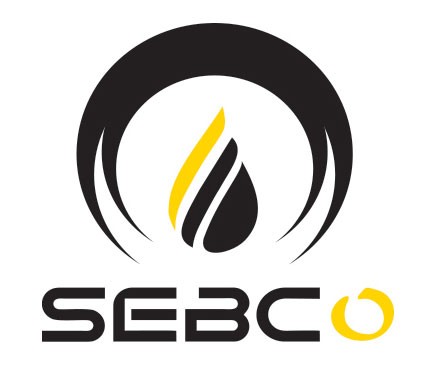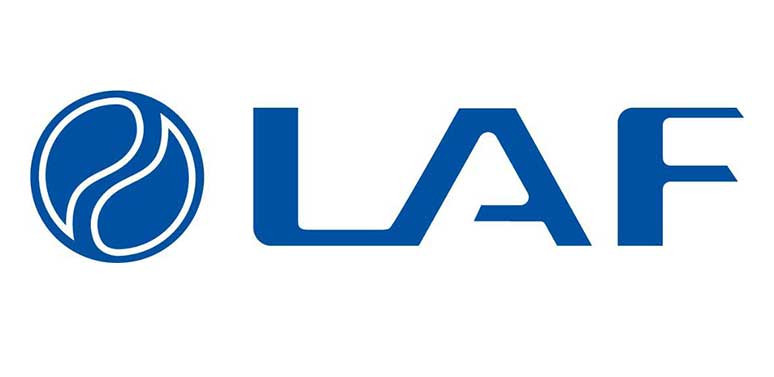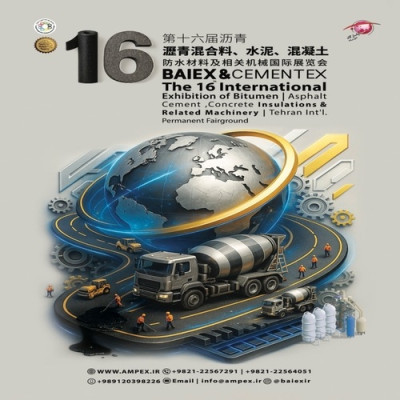India plans to build its first privately managed strategic petroleum reserves by 2029-2030 and give the operator of these reserves the freedom to trade all stored petroleum, the CEO of the Indian Strategic Petroleum Reserve Corporation (ISPRL) announced.
Allowing the operation of fully commercial strategic petroleum reserves mirrors the model adopted by countries such as Japan and South Korea, under which private lessees, mostly major petroleum companies, are allowed to trade crude oil.
So far, India has only allowed partial commercialization of its three existing strategic petroleum reserves in southern India, which have a total capacity of 36.7 million barrels.
The country plans to build two new strategic petroleum reserves, i.e., an 18.3-million-barrel underground cavern at Padur in the southern state of Karnataka, and another with a capacity of 29.3 million barrels in the eastern state of Odisha, with private partners allowed to trade all the petroleum domestically.
L. R. Jain, the CEO of ISPRL stated that in case of shortage, the government has the first right to use this petroleum.
ISPRL, which is responsible for managing India’s strategic petroleum reserves, last month floated a tender to gauge the interest of domestic and global companies for Padur’s strategic petroleum reserves.
We hope to award the tender based on design, construction, financing, operation and transfer by September, and the strategic petroleum reserves should be completed within 60 months from zero data, Jain told reporters at an industry event.
India, the third largest importer and consumer of petroleum in the world, is keen to increase the capacity of its strategic petroleum reserves to protect against global supply disruptions and rising prices. Increasing petroleum storage capacity will also help India join the International Energy Agency (IEA). The IEA requires its members to have at least 90 days of petroleum reserves. The agency announced in February that India’s petroleum reserves, including the volume of strategic petroleum reserves, are enough to cover consumption for about 66 days.
According to a Reuters report, the CEO of ISPRL stated that the company estimated that Padur strategic petroleum reserves and the associated petroleum import pipeline and facilities would cost about 55 billion rupees ($659 billion), and the federal government would pay up to 60 percent of the cost. The bidder requiring the lowest federal financing or paying the highest premium for the 60-year lease would be awarded the rights for the strategic petroleum reserves, he added.



















